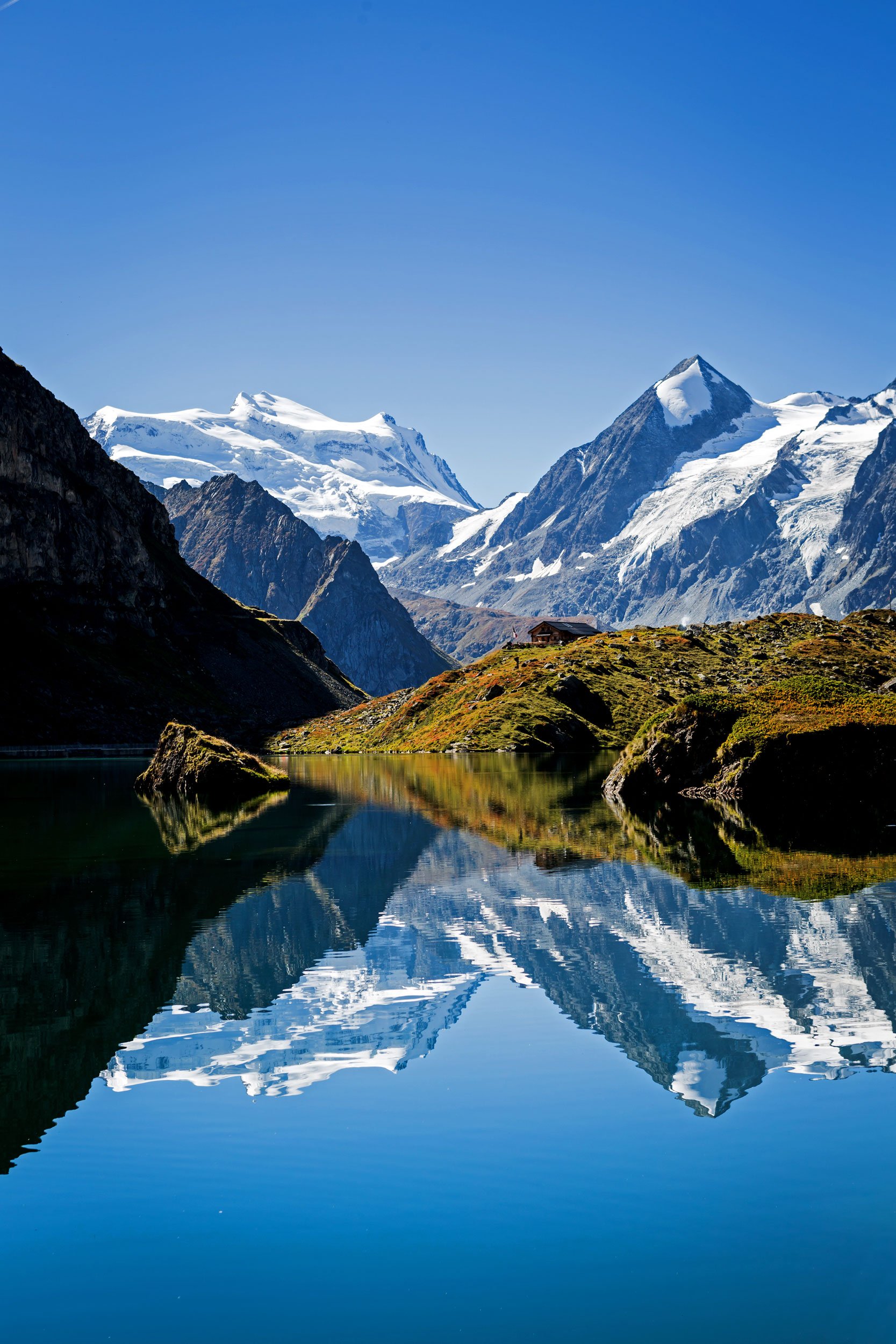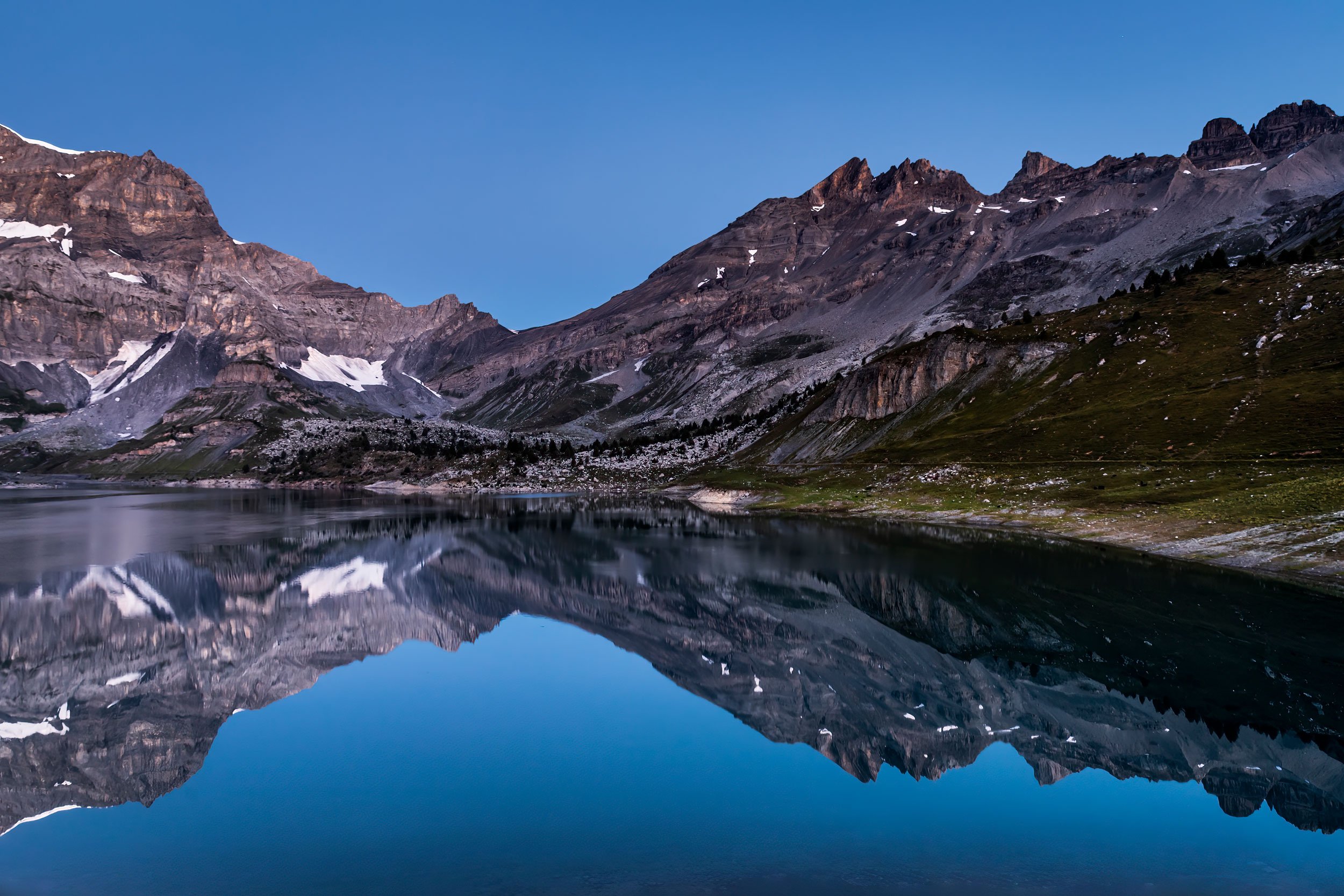Photography Tips
Mountain Lake Reflections
Mountain lake reflection photography is a lot of fun and when you get all the ingredients right, the rewards are great. Combining the power and scale of the mountains with the tranquility of lakes often results in the most stunning images. Here are a few tips to help you create the best possible mountain lake reflection photos:
Plan for Still Water
For a perfect reflection, the water should be as calm as possible. The best time for still waters is usually early morning or late evening when the wind is generally lower. You can also look for days with little to no wind forecasted. I always check my weather apps for the wind speed before planning a lake hike.
Timing
The quality of light can make a huge difference. Golden hours (just after sunrise and just before sunset) are generally the best times for photography, offering soft, warm, and directional light that can add a beautiful glow to your photos. Twilight hours can also give you dramatic and surreal lighting.
Camera Settings
Keep your ISO as low as possible to reduce noise. For crisp and sharp images, use a small aperture (large f-number like f/8 or f/11). Depending on the light and desired effect, adjust your shutter speed.
Use a Tripod
This is particularly important if you're shooting in low light or using long exposures. A tripod will stabilize your camera, ensuring sharp images.
Composition
Use the rule of thirds to position the line where the mountains meet the lake along one of the horizontal lines in the frame, rather than in the middle. Also, look for interesting elements like trees, rocks, or jetties to include in your foreground.
Use a Wide-angle Lens
A wide-angle lens can help you capture both the mountains and their reflections in the water within a single frame.
Polarizing Filter
Using a polarizing filter can help reduce glare on the water and enhance the reflections.
Focus
For a deep depth of field, focus about a third of the way into the scene. Alternatively, if your camera has this function, use hyperfocal distance focusing.
Watch the Weather
Overcast days can provide diffused light that brings out the colors in your scene, and stormy weather can add drama. Fog or mist can add a layer of mystery and mood to your images.
Experiment
Don't hesitate to take both vertical and horizontal shots. Play around with different perspectives and heights. Sometimes, getting close to the water's surface can provide a unique viewpoint.
Lastly, always respect the environment. Follow the "Leave No Trace" principles to preserve the beauty of the places you photograph. Happy shooting!









